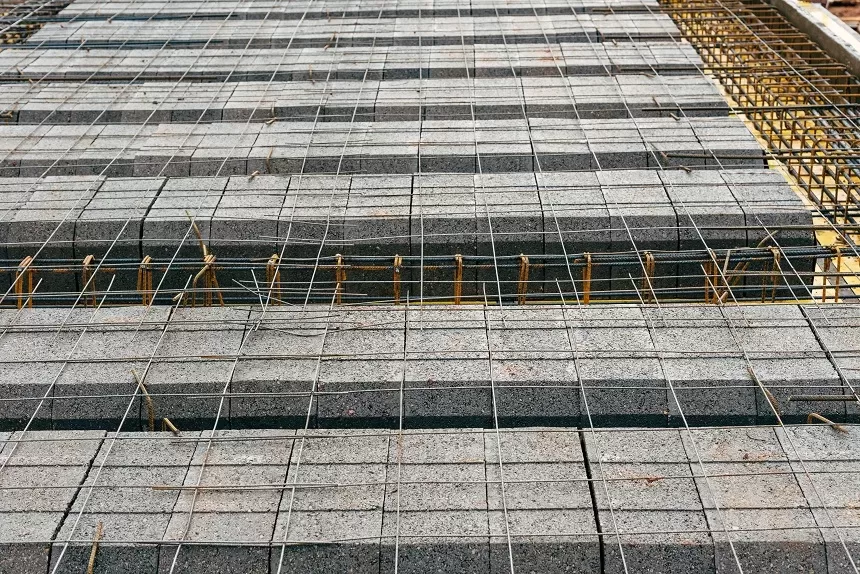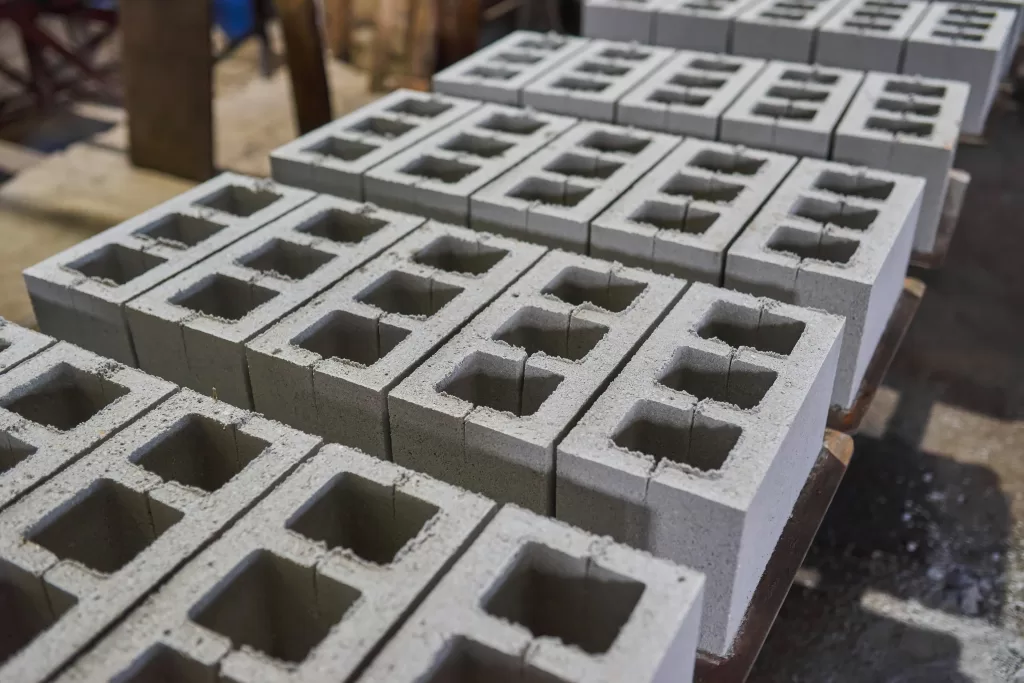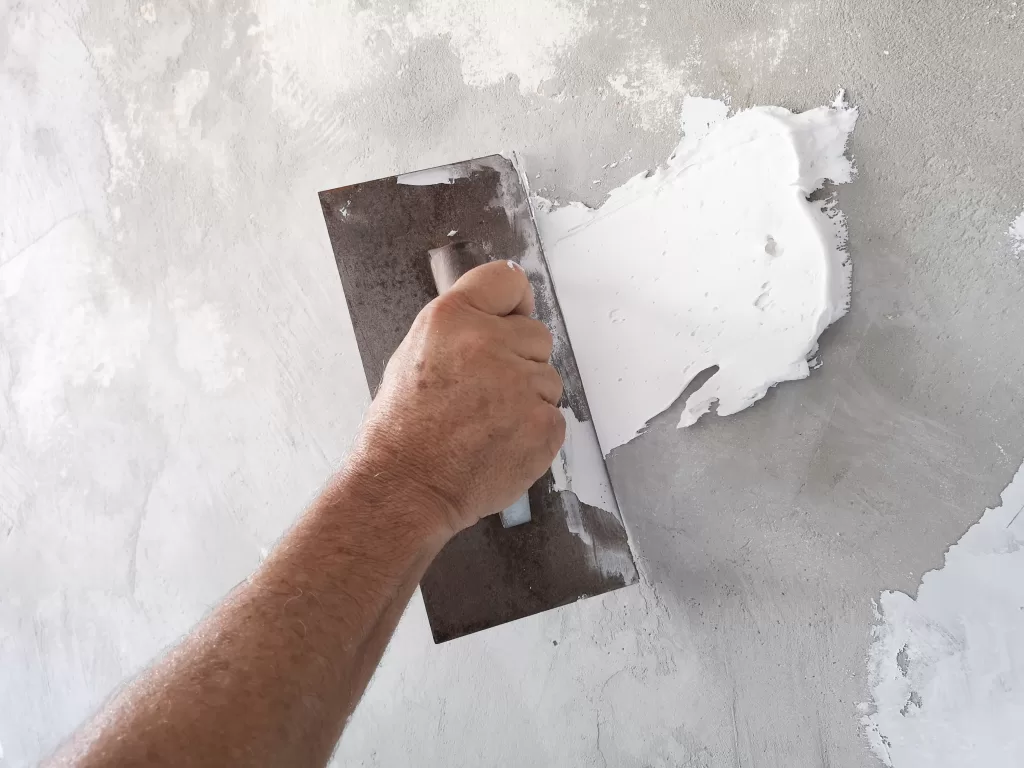A building is composed of structural elements that provide support to the building so that individuals can securely inhabit the space. Support is provided by various elements such as slabs, columns, beams, etc. In this article, we will specifically cover slabs, i.e., their function in construction and their types. Keep reading on to know more.
What is Slab in Construction?
A slab is a flat, horizontal structural component of a building. Different types of concrete slabs are used to create roofs, floors and ceilings. Thick concrete slabs supported on foundations are called ground-bearing slabs. Slabs which are not directly in contact with the earth are called suspended slabs.
How are Slabs Made?
Now that you know the meaning of slabs, let’s understand how they’re made. Slabs can be prefabricated or made on-site. In the case of prefabricated slabs, the slabs are built in a factory and then transported to the construction site. Once on-site, these ready-made slabs are slid between concrete or steel beams.
Concrete slabs may also be built on the construction site. Wet concrete is poured into formwork, a type of boxing typically built from wooden planks, plastic or steel. If you want the concrete to be reinforced, metal bars are positioned in the formwork in a way that they do not touch the bottom and sides of the formwork. This way, when the concrete is set, you do not see any metal bar popping out of the concrete.
When it comes to ground-bearing slabs, the side walls of the formwork are pushed into the ground, and you don’t need a base. The side walls ensure the concrete stays in place. In the case of suspended slabs, the concrete is poured into a tray-like structure. This tray-like formwork is supported tentatively by scaffolding.
Types of Slabs
While there a multitude of slab types, explained below are a few:
Conventional Slab
Conventional slabs are concrete slabs supported by beams and columns. Here, the slab’s thickness is small while the beam’s depth is large. The load from the slabs is transferred to the foundation via the beams and columns. When conventional rectangular slabs are supported on beams opposite to each other, they are known as one-way slabs. Two-way slabs are rectangular slabs supported by beams on all four sides. One-way slabs are used in verandas while two-way slabs are used in multi-storey buildings.
Flat Slab
A flat slab is a reinforced concrete slab where the load is directly transferred to the columns. Because flat slabs do not have beams, they are also known as beam-less slabs. Flat slab construction is commonly seen in parking lots and commercial buildings where beams may not be required. Drop panels or column heads or both are placed between the slab and the column to enhance the shear strength of the flat slab.
Hollow Core Slab
For hollow core slabs, voids or cores run through the concrete slab. The hollow space in the slabs can function as service ducts. The cores also help reduce the concrete volume used. These types of slabs typically have four to six cores running through the slab’s length. Since the slabs are hollow in the middle, they are reinforced with steel to increase strength. Generally, hollow core slabs are prefabricated and are easy to install. Bridges and wall panels typically use hollow core slabs.
Waffle Slab
Waffle slabs have equally spaced grid-like hollows on their underside or soffit. These hollows help reduce the weight of the concrete as well as the concrete volume used. Waffle slabs are reinforced concrete slabs. Due to their unique design, waffle slabs are used in auditoriums, cinema halls, museums, airports, etc. The concrete space between the grids may be treated as a beam to bear the load from above and reinforced accordingly.
Bubble Deck Slab
Bubble deck slabs is a revolutionary slab where concrete from the middle of a slab is replaced with high-density polyethylene plastic balls. This type of slab helps reduce the structural dead weight as the concrete in the tension zone typically does not provide any structural support. A reduction in the concrete required in the formwork means relatively lesser cost. The use of plastic also reduces the slab’s weight without compromising on the strength. Bubble deck slabs are mostly used in public buildings and high-rise buildings.
Dome Slab
Dome slabs are shaped like hemispheres. You can see dome slabs being used in monumental building, galleries, museums, religious structures, etc. Dome slabs have been used since ancient times so that only compressive forces act on the building. Also, the dome shaped was a result of lack of knowledge of tensile materials at the time. In dome slabs, load is typically transferred through axial compression. Domes also eliminate the need for structural columns allowing more functionality in the space.
Pretensioned Slab
Slabs that are prestressed before the concrete sets and hardens is referred to as pretensioned slabs. The concrete is prestressed to strengthen it from tensile forces prevalent once the structure is built. Prestressed concrete is achieved by stressing wires or strands. The wires or strands are stressed by stretching them between two anchorages before placing concrete. After the slab is hardened, the prestressed strands in the slab are cut loose.
Post-tensioned Slab
Slabs where tensioned is applied after the slab has been constructed are post-tensioned slabs. In addition to conventional reinforcements, post-tensioned slabs also carry high strength steel tendons. Post-tensioned slabs help improve the concrete’s strength during compression. They also facilitate thinner structural members. Post-tensioned slabs also reduce shrinkage resulting in fewer joints.
Functions of Slab
Slabs serve the following functions:
- They act as heat, fire and sound insulators.
- They transfer load by bending in different directions.
- They can be used to provide shelter.
- The upper slab forms the ceiling for the storey that lies beneath the slab.
FAQs
What are the different types of structural elements of a building?
The basic types of structural elements of a building are foundation, walls, floors, slabs, beams, columns, plinth, damp proof course (DPC), etc.
What is the difference between drop panel and column head?
A drop panel is a portion of flat slab around the column. The drop panel is part of the flat slab and does not support other structural elements. A column head is bracket that is placed on top of a column. Slabs typically rest on the column head. It essentially provides more base area for the structure.
What is a composite slab?
A slab made up of concrete and steel decking is known as a composite slab. The steel decking is also used as formwork. Reinforcements are places over the steel decking and concrete is placed over it.














